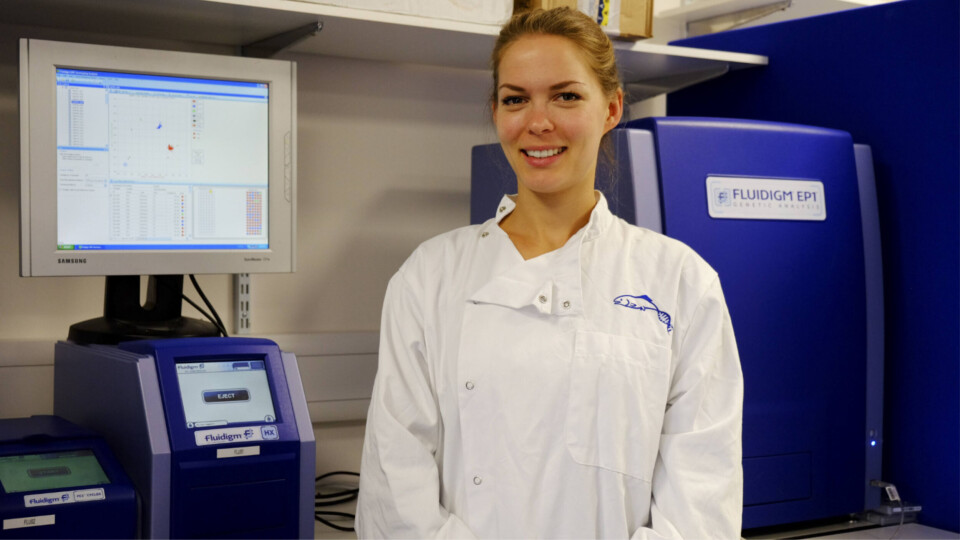
Salmon gene breakthrough may offer better breeding
Genetic selection programmes that can lead to gains in the production of farmed fish may be enhanced by new research into Atlantic salmon which has highlighted a previously untapped source of genetic variation.
The most common type of genetic variant distinguishing individuals of the same species are single nucleotide polymorphisms, or SNPs, which are differences in a single ‘letter’ of the DNA code.
The new research has managed to identify structural variation, another major class of genetic variation where large sections of the genetic code can be duplicated, inverted or even completely absent comparing different individuals.
Valuable tool
As structural variations are passed from one generation to the next, they provide another potentially valuable tool to use when maximising production gains.
Recent breakthroughs in computing power, bioinformatic algorithms and improvements in genetic sequencing technology have made it possible to identify structural variants, though this remains challenging.
Work spearheaded by Dr Alicia Bertolotti involved sequencing the genomes of 492 Atlantic salmon in a project led by Professor Dan Macqueen at the University of Edinburgh’s Roslin Institute in partnership with genetics services supplier Xelect, the University of Aberdeen and many international collaborators. This team included the Norwegian University of Life Sciences as a key collaborator, providing much of the sequencing data among other important contributions.
Trait data archive
It was the first major study into structural variants in any farmed fish and the results have been published in the journal Nature Communications. The paper is a key output from Bertolotti’s PhD, completed at Aberdeen, under the industrial CASE scheme of the UK’s Biotechnology & Biological research Council (BBSRC).
St Andrews-based Xelect acted as the sole industry partner, contributing funding, a work placement and access to Xelect’s large archive of DNA samples and trait data. Xelect chief executive Professor Ian Johnston co-supervised the doctorate, and Bertolotti spent several months working in Xelect’s lab.
“One of the greatest challenges we faced was filtering out the many false variants that were not true structural variations,” said Bertolotti.
“None of the automated systems were accurate enough, so in the end we did it manually, which was an enormous task!”
Step forward
One particularly interesting finding was that many structural variations were located in brain-expressed genes that influence behaviour. Farmed salmon appear to have accumulated more of these variants than their wild relatives, presumably as a result of selective breeding for domesticated strains. It means there is clearly considerable potential for structural variations to increase trait gains using natural genetics.
Xelect operations director, Tom Ashton, said: “Alicia’s PhD and the resulting paper in Nature Communications represent an important step forward in aquaculture genomics, bringing us closer to being able to harness the power of structural variations in selective breeding programmes.”





















































